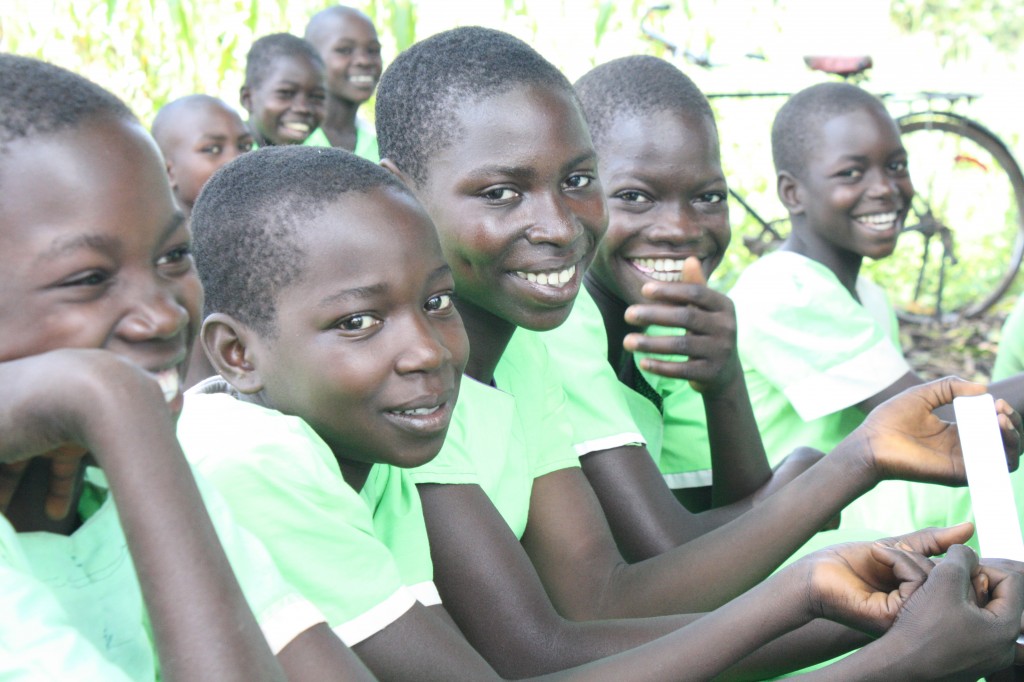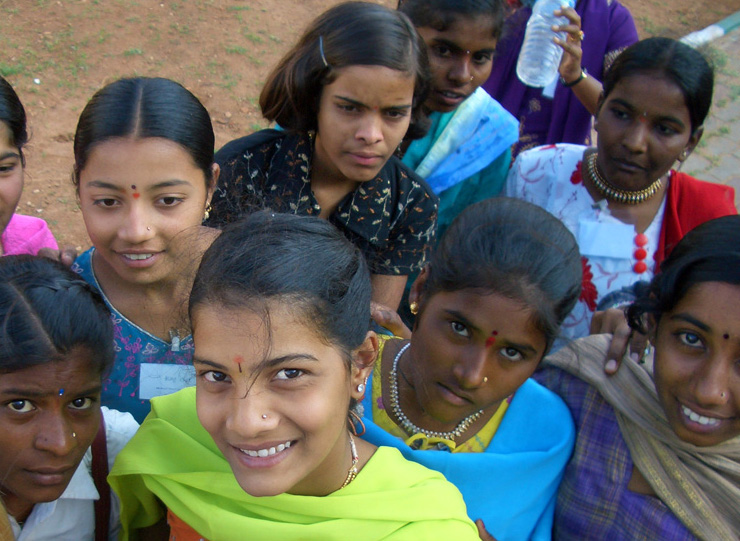What’s this condition?
10 questions to test your health knowledge
- Every day approximately 300 million people worldwide are affected by this physical condition.
- It is estimated that approximately half the global population will be struck at some point in their lives.
- In much of the world, sufferers experience significant stigma and are often humiliated and shunned.
- It is not communicable.
- It is genetic, though there is no routine testing.
- Unlike leprosy (Hansen’s Disease), another disease leading to cruel social stigma, there is no cure for this condition.
- With guidance, symptoms can be managed to significantly lessen the pain.
- Many of those afflicted will have no idea how to treat the condition.
- Duration and age of onset are remarkably consistent across ethnicities and country of origin.
- Ironically, it is often a sign of good health, despite widespread misinformation to the contrary.
Ready? If you want a free gift, send me your answer before scrolling down: scott@elizabethscottosborne.com. (It’s an honour system, so don’t lie about the scrolling down bit.)
__________________________________________________________________________
Ready?
Menstruation.
Yup, that’s right. Today, right now, two billion girls and women are of menstruating age. Most females will spend 3,500 days of their lives bleeding. This has been happening worldwide since, well, presumably since there have been humans. Female humans, anyway.
And yet this normal biological condition irreparably harms and stigmatizes millions of females every day. Girls everywhere grow up suffering physically from the inconveniences and pain of menstrual complications due to poor Menstrual Hygiene Management (MHM); psychically from the associated shame and stigma; and economically from school and work days lost, increased drop-out rates, and incumbent diminished work opportunities.
If you grew up in Canada or Denmark or the US, this problem may be surprising to you: women in much of the world have no access to clean sanitary products, no place to change cloths or pads, and no private place to wash. Menstruation is supposed to be silent and invisible, and girls enter puberty knowing little or nothing about what menstruation is and how to manage it. They are viewed as unclean, worthy of being shunned, and now that pregnancy is a possibility, a risk to the family.

Some things to ponder:
- In Burkina Faso, 83% of girls have no place to change their menstrual materials at school. Picture that, ladies: what do you do? Can you really concentrate and participate at school?
- In India, women use unsanitary materials including husks, sand, dried leaves, ash, and newspapers to manage the blood flow. Really? Sand? ASH?
- In Uganda, girls miss on average 8 study days a year because they are bullied by peers and have inadequate sanitary materials or their schools lack washrooms. How can they be expected to do well in school?
- In Iran, 48% of girls think that menstruation is a disease. A disease. Think about the mentality that would create.
- In Bolivia, pit latrines at many rural schools are so unsuitable for girls that they just stay home during their periods.
- In India, only 12% of the estimated 355 million menstruating women use sanitary pads and approximately 70% of all reproductive illnesses are due to complications from menstrual hygiene.
- School latrines in the Philippines are routinely locked, requiring girls to get a key from the (often male) teacher.
- Throughout the world, girls have no advance information about menstruation: what it is, how it works, what to do. Read that again. That’s not inadequate information or information transmitted with just a hand-out booklet and some giggles. That’s no information. As in a lot of 12-year-olds wondering “What is happening to me?”

So let me see if I‘ve got this right. Because of a regular, unavoidable, healthy biological condition, girls routinely stay home from school. They sit in the back of class, avoid going to the blackboard, or refuse standing to answer questions, all to avoid humiliation associated with smells or stained clothing. They may be banished from public places and prevented from cooking or collecting water. Adult women lose days from work because they have no absorbent materials or no washrooms in which to change. Pubescent girls are treated as newly sexualized liabilities, alerting family members to hasten and ‘marry them off’ lest their fertility beckon to men who, presumably, couldn’t possibly be expected to control themselves.
There are a few legitimate claimants to the ‘last taboo’ in 2014, but menstruation certainly makes a good case for the prize: the last utterly pointless and incredibly harmful taboo.
Why do we continue to let this happen?
Folks, this is half the population experiencing a perfectly normal and regular biological function! Because of this girls are stigmatized, humiliated and drop out of school; women miss work and develop life-threatening infections; and both feel shameful and embarrassed.
This is just nuts! Even some sanitation campaigns which discuss urination and defecation, clean drinking water, and hygienic childbirth will pretend menstruation doesn’t exist. Some emergency aid programs still hand out supplies to refugee populations and omit sanitary napkins (just hold it in, girls!). In the US, detained immigrants will often be housed in facilities which do not provide sanitary supplies for MHM.
It is painful to think of the shame and suffering of young girls, confused and stigmatized right when their self-esteem should be blossoming. But what of the long-term consequences, the effects on society at large?
Where sanitary pad use is low to non-existent, it is nearly impossible for women to go to work and girls to go to school. Where toilets are absent or without doors it is impossible for girls to continue to go to school. Guess what? They drop out, often encouraged by parents who share the same stigma and fears. Now we’ve got fewer women  working and more teenage dropouts which leads to dramatically reduced economic opportunities, increased vulnerability to domestic violence and trafficking, and reduced access to the information they need to care for themselves and their families.
working and more teenage dropouts which leads to dramatically reduced economic opportunities, increased vulnerability to domestic violence and trafficking, and reduced access to the information they need to care for themselves and their families.
Well, those are certainly great outcomes, society! Give yourself a prize. Nice use of social norms and peer pressure.
What can we do?
Step One. Break the silence. Menstruation is a fact of life. Encourage girls to talk about it in an informed and positive manner. Even better, model such behavior. And yes, this means women AND men. This is biology, it’s not going away. Help the next generation of girls break this cycle. If you’re a woman, I ask you: WHY are you still ashamed and embarrassed?
Step Two. Manage menstruation safely and hygienically. Okay sure, you do this yourself, but look around: is there any community that might need help or education or supplies to do this? Perhaps there are girls in a school you support in some other country, or who participate in your mission project, or who attend the after-school program you volunteer with? Ask. Don’t assume. Do you work with NGOs on all sorts of aid projects, but hear no mention of MHM or see funds for hygiene supplies and girls’ washrooms? Ask. Don’t assume. If necessary, go back to Step One.
Step Three: Support safe and environmentally sound reuse and disposal of menstrual waste. Are you involved in any kind of building: school, office, park? Do they have appropriate menstrual waste disposal facilities? Not sure? Ask. Don’t assume. Maybe the people running the place never thought of it? There are many wonderful groups and individuals using new materials and designs and crafting better products for MHM: support them. Entrepreneurs out there: this is a market with no end in sight.
Step Four: Inform yourself. Some organizations and projects are listed below, but there are many more. Want to see a great short film which both explains the magnitude of the problem in India AND offers some hopeful change prospects? Watch Menstrual Man (Vimeo, $3.99 public rental). It’s great. Even better, organize a group showing and DISCUSS it. That’ll get the conversation started.
And finally, a few words of others to motivate and inspire and perhaps entertain:
Stigma around menstruation and menstrual hygiene is a violation of several human rights, most importantly the right to human dignity, but also the right to non-discrimination, equality, bodily integrity, health , privacy, and the right to freedom from inhumane and degrading treatment from abuse and violence.
Dr. Jyoti Sanghera,
Office of the High Commissioner for Human Rights,
Head of Economic, Social and Cultural Rights
_______________________
________________________________________________________________________
Select Resources:
Puberty Education and Menstrual Hygiene Management (UNESCO)
The Economic Impact of Menstrual Shame in Nepal (Report in The Guardian)
A Bleeding Shame: Why is Menstruation Still Holding Girls Back (Uganda; Report in The Guardian)
Charities Launch First Global Menstruation Day (The Guardian)
Select Organizations:
Water Supply and Sanitation Collaborative Council (WSSCC)
Menstrual Hygiene Day (May 28)
WASH United (Menstrual Hygiene Activities) (Water Sanitation Hygiene)

